When to Use a Manual Hoist, a Lever Hoist, or an Electric Hoist
- By Hanes Supply
- Sep 15, 2025
- 0 Comments
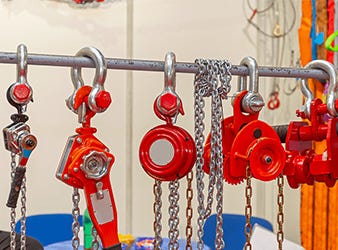
Having the right hoist for the job is crucial in any industry involving lifting, suspending, or moving heavy materials, such as construction, manufacturing, utilities, or warehousing. The appropriate type of hoist enhances efficiency and directly impacts worker safety, equipment longevity, and the job success rate.
Before purchasing a hoist, it's important to have an idea when to use a manual, a lever, or an electric hoist. Each type offers advantages and is designed for specific job site conditions. Below, we will cover some of the key differences between each and discuss which option might be best for your project or operations.
Manual Hoists: Reliable for Light-Duty and Infrequent Tasks
Manual chain hoists, often referred to as hand chain hoists or chain blocks, are some of the simplest lifting tools in the industry. They operate by pulling a loop of hand chain, which raises the load through a system of gears and internal components that enhance mechanical advantage. As they require neither electricity nor compressed air, they are completely mechanical and portable.
Manual hoists are usually suspended from a beam or trolley, enabling them to lift vertically from a fixed point. They are available in various capacities, ranging from light-duty models for a few hundred pounds to heavy-duty industrial units rated for several tons.
Manual hoists are great to use in settings where reliability, simplicity, and cost are top priorities, as they don't rely on power.
Ideal Use Cases
• Infrequent Lifting: Best utilized when lifting is not part of the daily workload, such as for occasional maintenance or setup tasks.
• Remote Locations: Ideal for sites lacking electricity, such as outdoor construction areas, agricultural environments, or mining operations.
• Tight Budgets: A cost-efficient solution for small operations that do not require automation or high throughput.
Advantages
• Lightweight and easy to transport.
• Fewer moving parts result in reduced maintenance requirements.
• Easy to use and dependable in tough environments.
Considerations
• Each lift requires manual effort, which can cause fatigue.
• Lifting speed is slower than powered options, which may limit throughput.
Lever Hoists: Versatile for Precision and Multi-Directional Tasks
Lever hoists, sometimes referred to as come-alongs, are versatile tools intended for pulling, lifting, and positioning loads. Unlike traditional chain hoists that solely lift vertically, lever hoists can be utilized in nearly any orientation—including horizontal or angled pulls.
Using a ratcheting handle, the user moves the load incrementally with each stroke. This design enables precise adjustments, making it a good choice for tasks that require exact load placement.
Lever hoists, commonly used in steel erection, utility work, mechanical rigging, and equipment installations, are chosen for their control and adaptability in confined or irregular workspaces.
Ideal Use Cases
• Tight or Confined Areas: The compact design makes lever hoists an excellent choice for spaces with limited overhead clearance.
• Horizontal or Angled Pulling: For tensioning cables, aligning steel components, or positioning items.
• Precision Tasks: The ratcheting mechanism enables precise positioning of critical loads, inch by inch.
Advantages
• Can operate in any direction: vertical, horizontal, or diagonal.
• Ideal for tasks that require small, controlled adjustments.
• Tough and rugged construction withstands demanding work environments.
Considerations
• Not always the best choice for excessive or repetitive lifting due to manual fatigue.
• Generally, lower load capacity than electric options.
Electric Hoists: Efficient for Heavy-Duty and Frequent Lifting
Electric hoists are powered by a motor and utilize either a chain or wire rope to lift and lower loads. Designed for efficiency and consistency, electric hoists excel in industrial environments where heavy lifting is common and time is limited.
These hoists frequently incorporate advanced safety features, including thermal protection, emergency stop switches, and limit switches designed to prevent over-travel. They can be either stationary or mounted on a trolley system, allowing for horizontal travel along beams or gantries.
Electric hoists can increase productivity and help reduce physical strain on workers in operations where time and volume are important because they automate the lifting process.
Ideal Use Cases
• Repetitive or High-Frequency Lifting: In warehouses, factories, and assembly lines where lifting is a routine task and requires speed.
• Heavy Loads: Great for managing large machinery, dies, or components weighing several tons or more.
• Precision in High-Volume Settings: Smooth operations help with more accurate placement of large, delicate items in production environments.
Advantages
• Quicker lifting speed compared to manual or lever hoists.
• Decreases fatigue and physical strain on workers.
• Reliable and repeatable performance for mass production or logistics operations.
• Integrated safety systems with optional remote controls.
Considerations
• Requires access to a dependable power supply.
• Costlier and bulkier at first.
• Periodic maintenance may be needed on motors and controls.
How to Choose the Right Hoist
Choosing the appropriate hoist involves more than just considering capacity; it's about aligning the tool with the job. Consider the following questions:
What is the Weight and Type of Load?
• Always select a hoist that is rated above your maximum anticipated load.
• Consider the shape and delicacy of the item being lifted.
How Often Will the Hoist Be Used?
• Occasional lifts? Use a manual or lever hoist.
• Daily or repetitive lifting? Electric lifting is the most efficient.
What Direction Will the Load Be Moved?
• Manual hoists are vertical.
• Lever hoists operate in vertical, horizontal, and angular configurations.
• Electric hoists are typically vertical but can also be mounted on trolleys for horizontal travel.
Where Will It Be Used?
• If you're working in an area without electricity or indoors subject to strict safety standards, a manual or lever hoist may be more suitable.
• Electric hoists streamline operations on shop floors and in manufacturing.
What's Your Budget?
• Manual hoists offer the best affordability.
• Lever hoists may be more expensive, but they provide directional flexibility.
• Electric hoists are generally the most costly, but offer unparalleled speed and productivity.
Trust Hanes Supply for the Right Hoisting Solution
Whether you're lifting hundreds of pounds in a maintenance shop or moving tons of material in a production facility, Hanes Supply has the hoisting equipment to get the job done right.
We offer a comprehensive range of manual hoists, lever hoists, and electric hoists from reputable manufacturers specifically designed to meet the unique requirements of your industry. Unsure which hoist is ideal for your application? Contact our team of lifting specialists, ready to assist you in finding the safest and most cost-effective solution!



















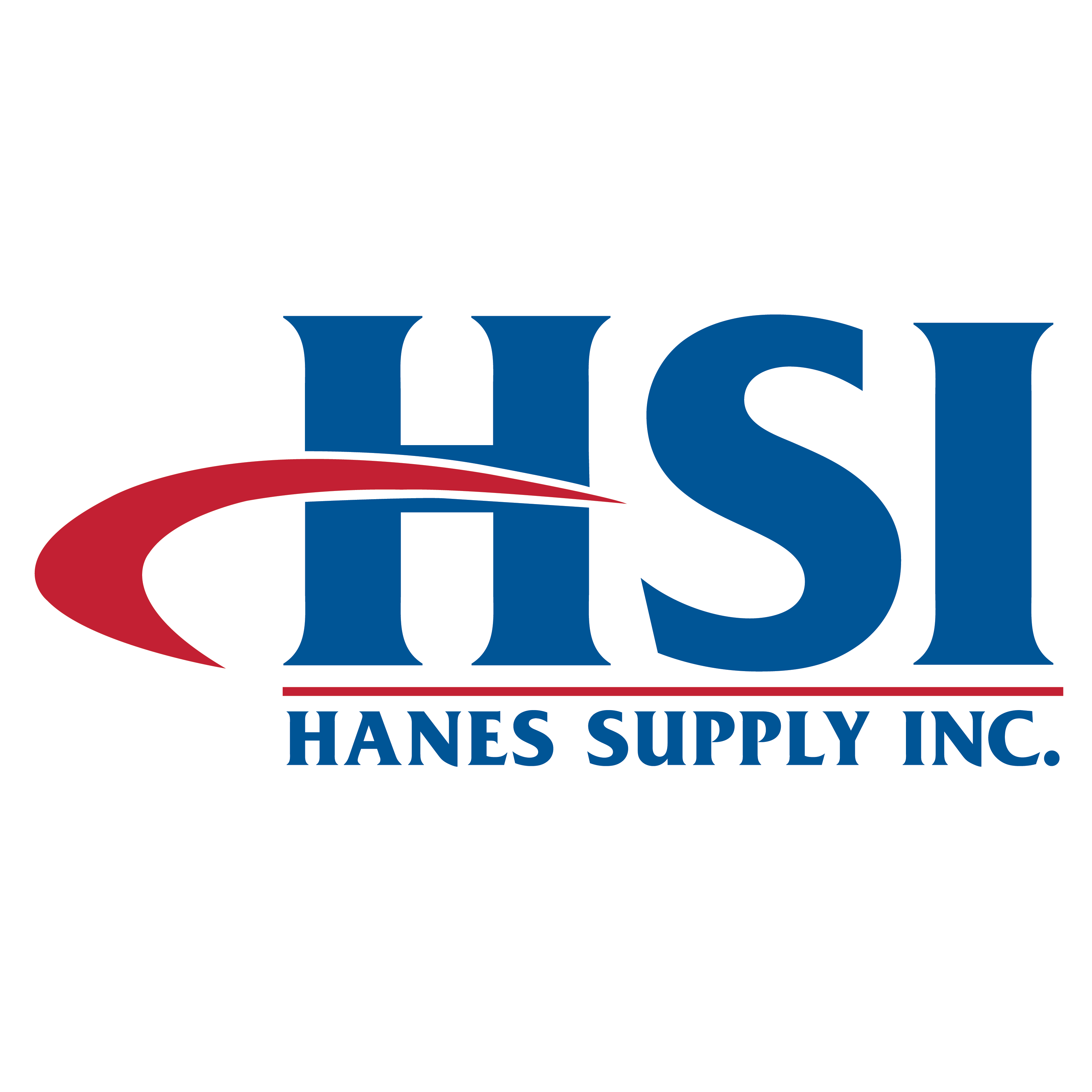


















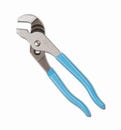 Channellock® 426 Tongue and Groove Plier, 7/8 in Nominal, 3/4 in L C1080 High Carbon Steel Straight Jaw, 6-1/2 in OAL
Channellock® 426 Tongue and Groove Plier, 7/8 in Nominal, 3/4 in L C1080 High Carbon Steel Straight Jaw, 6-1/2 in OAL
 Stanley® 33-716 FatMax® Reinforced Tape Rule with BladeArmor®, 16 ft L x 1-1/4 in W Blade, Mylar® Polyester Film Blade
Stanley® 33-716 FatMax® Reinforced Tape Rule with BladeArmor®, 16 ft L x 1-1/4 in W Blade, Mylar® Polyester Film Blade
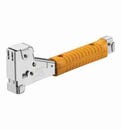 Arrow™ HT50 Professional Heavy Duty Tomahawk Hammer Tacker, Flat Crown Staple
Arrow™ HT50 Professional Heavy Duty Tomahawk Hammer Tacker, Flat Crown Staple
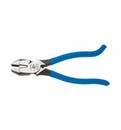 Klein® D2000-9ST 2000 Heavy Duty Rebar Work Cutting Plier, 9-3/8 in OAL
Klein® D2000-9ST 2000 Heavy Duty Rebar Work Cutting Plier, 9-3/8 in OAL
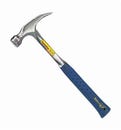 Estwing® E324S Framing Hammer, 16 in OAL, Smooth Surface, 24 oz Steel Head, Straight Claw, Steel Handle
Estwing® E324S Framing Hammer, 16 in OAL, Smooth Surface, 24 oz Steel Head, Straight Claw, Steel Handle
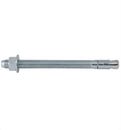 DeWALT® Power-Stud®+ Powers® 7449SD1-PWR Expansion Wedge Anchor, 3/4 in dia, 10 in OAL, 7-1/2 in L Thread, Carbon Steel, Zinc Plated
DeWALT® Power-Stud®+ Powers® 7449SD1-PWR Expansion Wedge Anchor, 3/4 in dia, 10 in OAL, 7-1/2 in L Thread, Carbon Steel, Zinc Plated
 BBI® 777037 All Threaded Rod, 3/8-16, 12 ft OAL, Steel Alloy
BBI® 777037 All Threaded Rod, 3/8-16, 12 ft OAL, Steel Alloy
 BBI® 754072 Medium Split Lock Washer, 1/2 in Nominal, 18-8 SS
BBI® 754072 Medium Split Lock Washer, 1/2 in Nominal, 18-8 SS
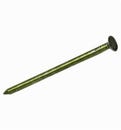 Primesource® 8CTDSKR Sinker Nail, 17/64 in, 2-3/8 in L, 9 ga, Vinyl Coated, Smooth Shank
Primesource® 8CTDSKR Sinker Nail, 17/64 in, 2-3/8 in L, 9 ga, Vinyl Coated, Smooth Shank
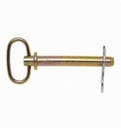 Campbell® T3899724 Hitch Pin, 1/2 in dia, 4-1/4 in L Usable, Forged Steel, Zinc Plated with Yellow Chromate, 5 Grade
Campbell® T3899724 Hitch Pin, 1/2 in dia, 4-1/4 in L Usable, Forged Steel, Zinc Plated with Yellow Chromate, 5 Grade

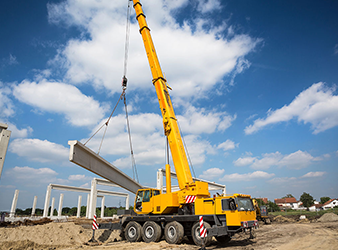
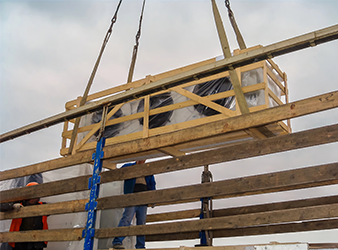
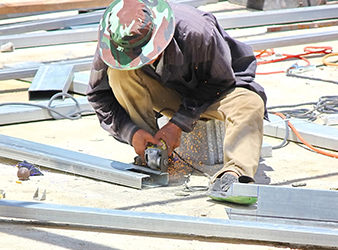
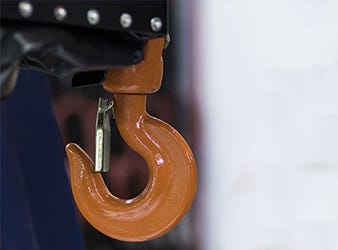

Comments (0)